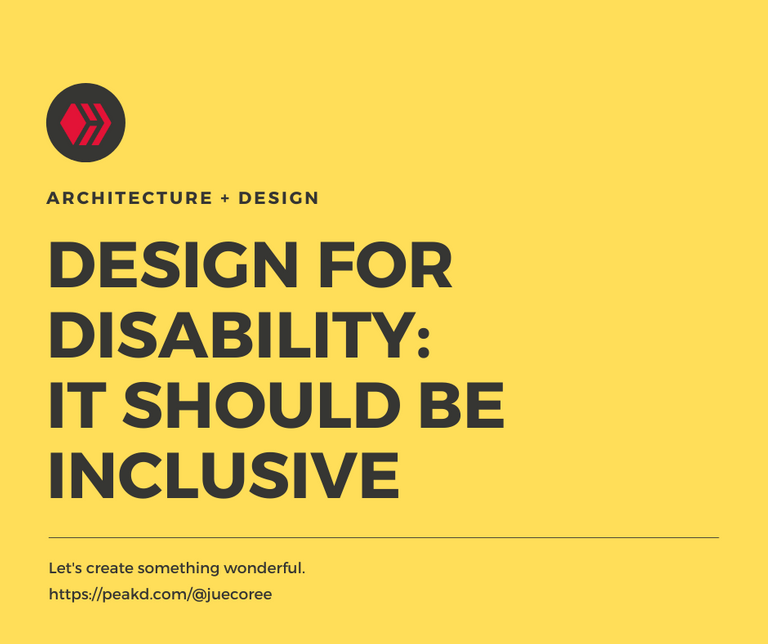
When one has arthritis or a knee injury, how safe is it to walk into the shower? Is it always as simple as one-two-three to get into a car, or does someone with a bad back need to plan ahead of time? The answer is no. Architects and designers should consider these questions in designing spaces. It can help expands our view on the design. Surprisingly, looking for design solutions that satisfy the demands of the disabled resulted in a superior overall design. It benefits both the able and the disabled.
Architects create spaces for people to interact with others. Architects develop facilities that touch people at all stages of life, from establishing a hospital where a baby draws his first breath and schools where children exercise their imaginations to developing a civic center where the elderly gather to socialize and take classes. Architecture should be inclusive.
The architect considers projects in terms of accessibility to anticipate future client needs. They should consider the person's development throughout life and the corresponding changes. We do not limit the definition of inclusive and accessible architecture for those with limited mobility or who are crippled and disabled. It is also for obese people, children, the elderly, and pregnant women.
As we can see, disability manifests itself in several ways and is spreading over the world. While some disabilities are transient, others have a long-term impact on people's daily activities. Blindness or vision impairment affects 253 million individuals, which equates to 3.2 percent of the global population. On the other hand, deafness and hearing loss affects 466 million people. An estimated 200 million people are intellectually disabled (IQ below 75). Every day, 75 million people require the use of a wheelchair. One of those is my mom. She has a movement disability and can't walk for a long time due to her diabetes. Learning more about disabled individuals means learning more about 1 billion global citizens who yearn for a more accessible society.
Design is merely a tool for achieving function and beauty. It has a significant impact on people's lives, all lives. Design is a method for us to feel included in the world, but it is also a method to maintain a person's dignity and human rights. Design can also expose a group to vulnerability when we never account for their requirements. We should include lifts, bathrooms, and parking spaces in designing spaces that are friendly to people with disabilities. We should have easily accessible signage and evacuation preparations integrated into our design. Disabled parking places should also be made available. We reserved parking and drop-off for people with impairments. Interiors should have good lighting that includes but is not limited to surface and lighting around the building and the route that consumers take to get there. People with disabilities should have access to at least one entrance.
Again, we refer to inclusive architecture as any area used by all possible user groups in that specific setting. Inclusive designs must be simple to use for individuals of all ages and abilities, including but not limited to children, senior citizens, and physically and intellectually challenged individuals. As a result, a truly inclusive design must make these environments as barrier-free and user-friendly as feasible. In addition, inclusive places can enable and empower users. Inclusive or universal design has only lately become the norm, but better late than never, right?
Enabling Village, Singapore
The Enabling Village is a community facility constructed as part of the adaptive reuse project of the fifty-year-old Bukit Merah Vocational Institute. It promotes sustainability and sociability by encouraging learning, bonding, and healing through various abilities in a biophilic environment. It fosters an inclusive environment that empowers and values everyone. The property has contributed value to the neighborhood and community since its rehabilitation. It has been integrated into the neighborhood's pedestrian network, with strategically positioned entrances, ramps, and broad tunnels and corridors, allowing easy mobility and access for all types of users.
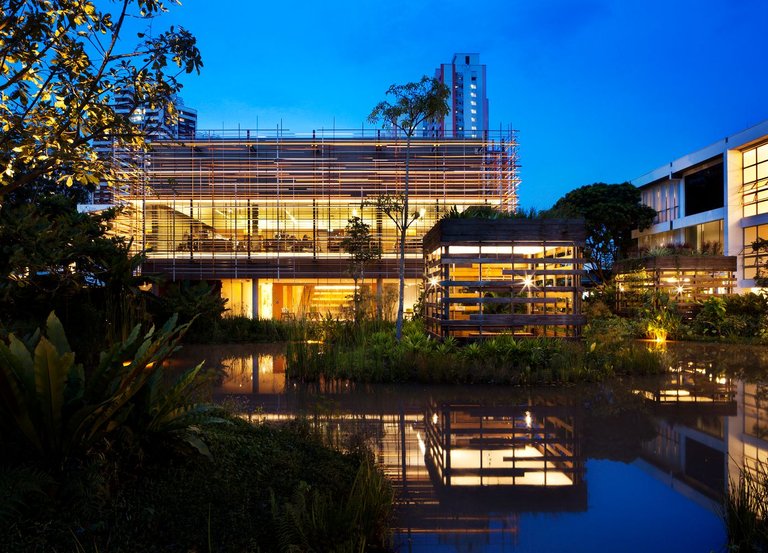
Photo Credit: Patrick Bingham Hall
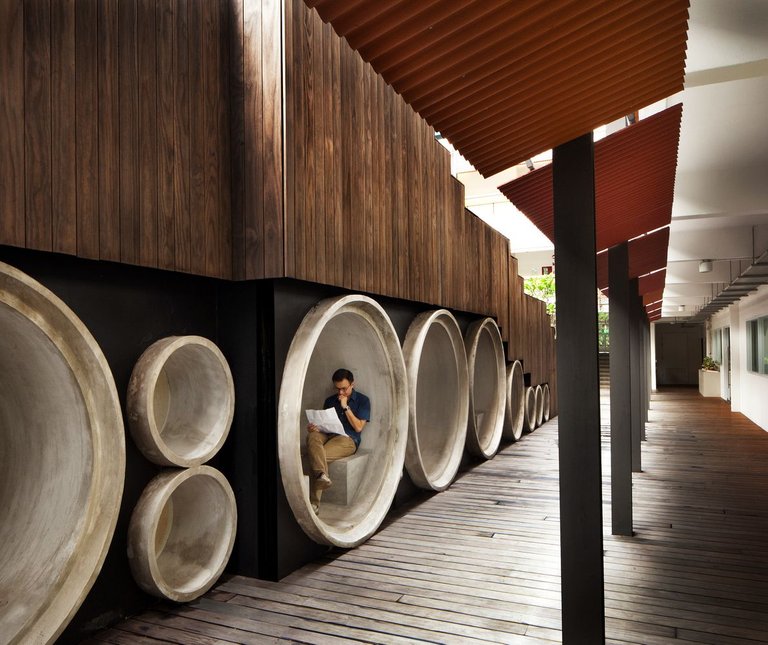
Photo Credit: Patrick Bingham Hall
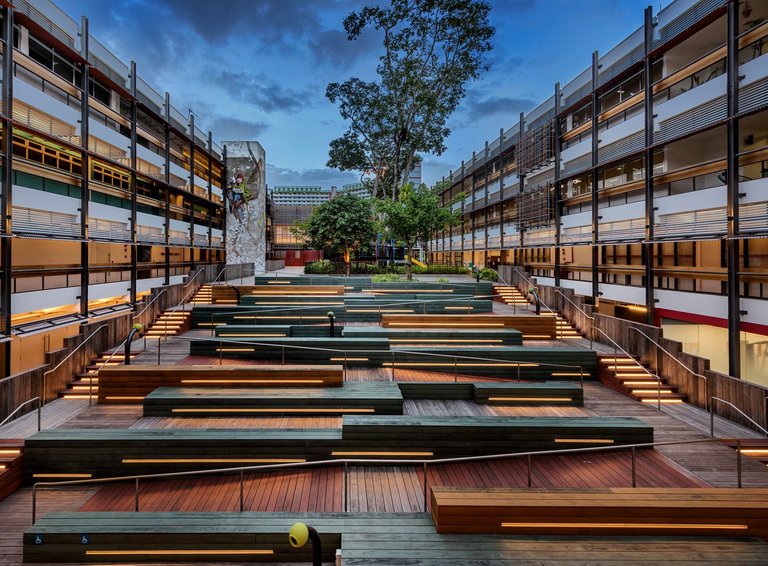
Photo Credit: Edward Hendricks
Robson Square, Vancouver
Robson Square is a submerged linear urban park, which developed in a desirable Vancouver neighborhood surrounded by civic buildings. It is a one-of-a-kind urban place that leaves no user feeling left out. Differently-abled pedestrians can easily and adaptably access the area. The staircases connecting its many levels with ramps that are aesthetically appealing and functional The introduction of waterfalls cools the concrete environment and gives it a gentler appearance and feel.
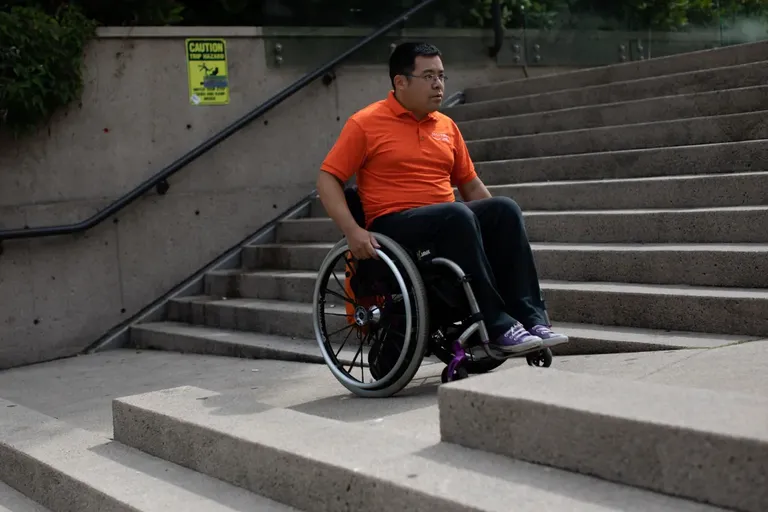
Photo Credit: Maggie MacPherson
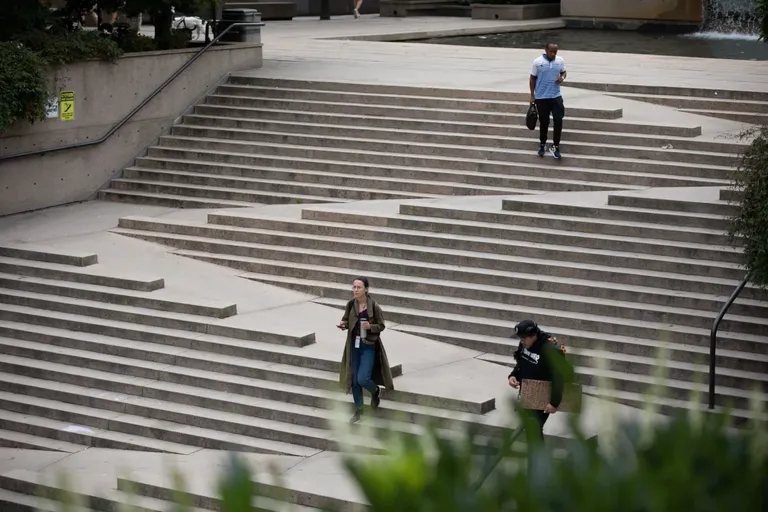
Photo Credit: Maggie MacPherson
The Friendship Park, Uruguay
Friendship Park is a public park designed for recreational activities in which children and youth of all physical and cognitive capacities can engage. We can see the park in Villa Dolores in Montevideo, near to the Municipal Planetarium. Every aspect of this park's design is inclusive. It suits children and youth with disabilities of all kinds. The layout of the space is free of any barriers, with no sharp edges or corners, allowing for easy travel across the park. The park has fun textures that primarily design for the blind. It leaves no stone unturned, and every piece of play equipment is inclusive. The level difference between the park and the street and side avenue shields it from car sounds and the dynamism of the urban periphery. The architect and designer planned the garden with diverse species that provide color and smell to be playful.
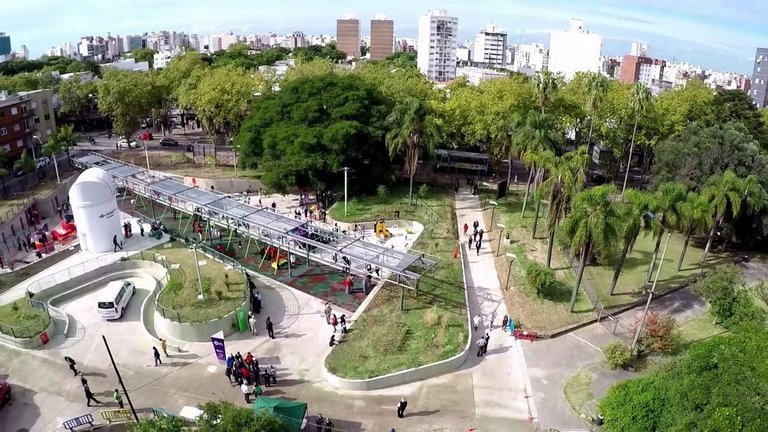
Photo Credit: Marcelo Roux
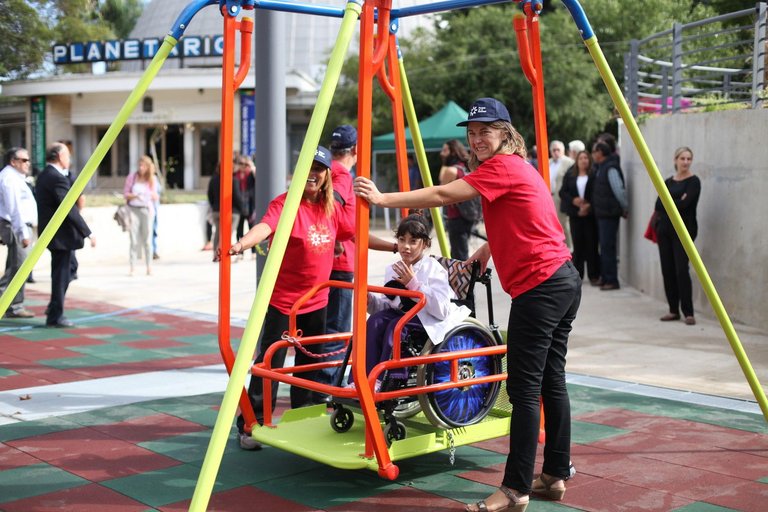
Photo Credit: Marcelo Roux
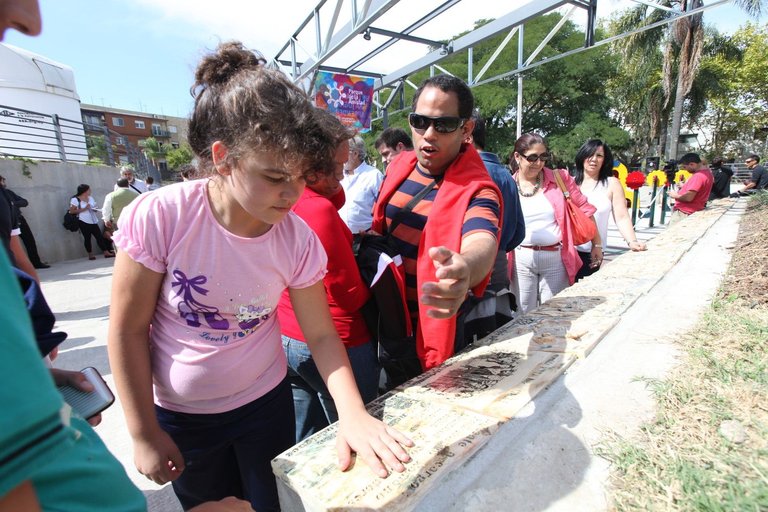
Photo Credit: Marcelo Roux
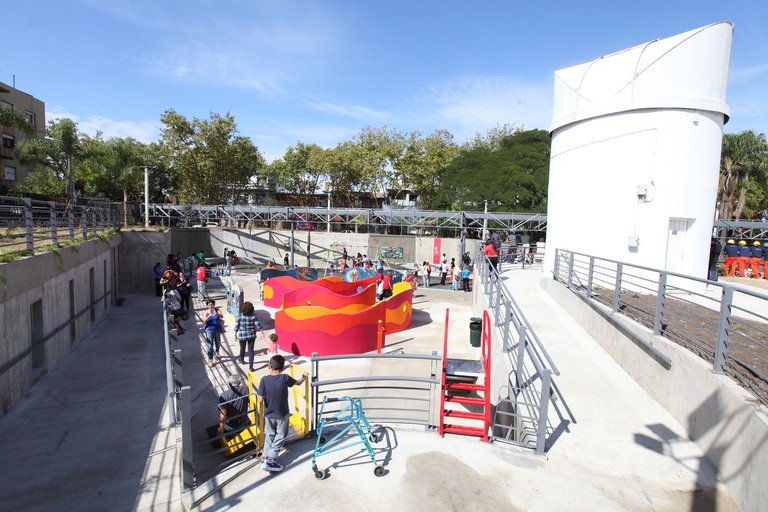
Photo Credit: Marcelo Roux
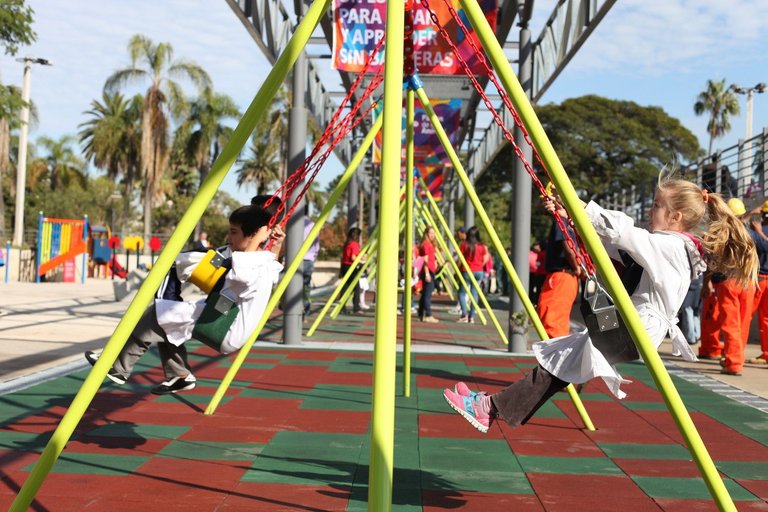
Photo Credit: Marcelo Roux
Musholm Extension, Denmark
This vacation and sports facility, created by the Danish Muscular Dystrophy Foundation, is elegantly constructed to accommodate persons with impairments. It has large multi-purpose rooms, vacation houses, and a 110m activity ramp, which has an open structure surrounded by a tranquil natural setting, improving the user experience. The multi-purpose hall is at the resort's center, while the new vacation houses are at the outskirts. The design of the holiday houses adapts to the terrain and existing structures while also providing shelter in the open landscape and enhancing a sense of community. The facades of the hall and holiday houses, for example, are made of larch wood, while the flooring, walls, and ceiling of the hall are of ash wood. This facility received the IAUD Award in 2016 for being the world's most socially inclusive location.
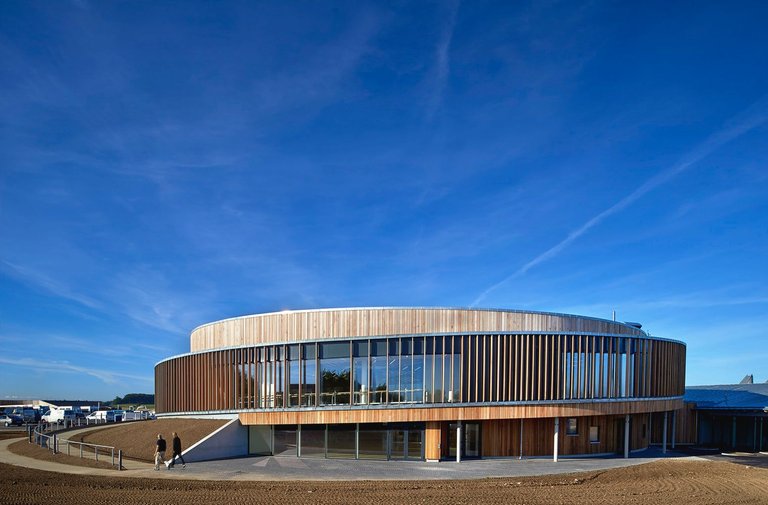
Photo Credit: Kristine Mengel

Photo Credit: Kristine Mengel
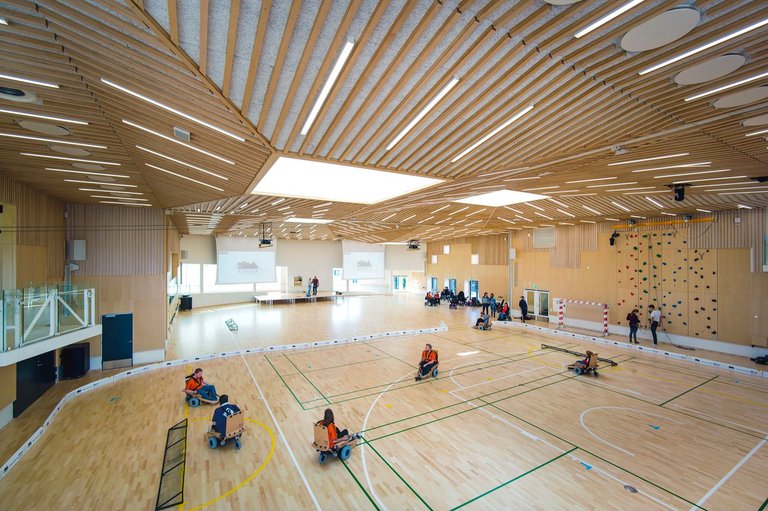
Photo Credit: Jens Markus Lindhe
Conclusion
Architects and designers should create environments with the needs of the disabled in mind. Design solutions that meet the demands of both the able and disabled are preferable in general. When we fail to account for a group's needs, we expose them to vulnerability. We do not limit the definition of inclusive architecture to people who have limited mobility or are disabled. Any region used by all conceivable user groups in that given environment is considered inclusive architecture. Inclusive designs must be straightforward to use for people of all ages and abilities, including children, older citizens, and physically and mentally impaired people. These spaces must be as barrier-free and user-friendly as possible to be fully inclusive. Furthermore, inclusive spaces can enable and empower users. It never too late to embrace disability in the design of spaces. Right?
With the help of advanced architecture design and innovation of technology know this disability is not a problem anymore and such people are able to access the things that are normal people can do. Technology and innovation it's all about making things easy and I'm glad to see this kind of innovations happening these days.
I am glad too that architect and design are becoming more inclusive. !PIZZA
@alokkumar121! I sent you a slice of $PIZZA on behalf of @juecoree.
Learn more about $PIZZA Token at hive.pizza (3/10)
Those are beautiful buildings, and so inclusive of all people.
Yes, those are beautiful building and thoughtfully created with the disabled in mind.
Total display of facts.
@tipu curate
Upvoted 👌 (Mana: 135/150) Liquid rewards.
Creating an inclusive environment everywhere should become the norm. Love the design of the Enabling Village.
Like you said, apart from the "specially-abled", we also have the seniors to consider. A year ago, I worked on helping a friend draft an existing hotel being converted into a senior's home in Switzerland. It was an interesting immersion to consider every move of the senior resident, adding handlebars placing ramps and removing all step/thresholds, to ensure they don't trip or smoothly arrive in every space safely.
Great post, this is an interesting topic that we could all explore further.
Thank you for sharing your experience in designing inclusive spaces! I think the future of design should be a perfect mixed with functionality, aesthetics and inclusiveness. !PIZZA
@discoveringarni! I sent you a slice of $PIZZA on behalf of @juecoree.
Learn more about $PIZZA Token at hive.pizza (1/10)
That awing for specially abled kid was heart-warming. Actually it's really very important to include designs for them as well. What an insightful post.
keep flourishing!
I couldn't agree more that design should be inclusive regardless of whom used the space. !PIZZA
@praditya! I sent you a slice of $PIZZA on behalf of @juecoree.
Learn more about $PIZZA Token at hive.pizza (2/10)
This is such an important aspect of designing, The ramps, the swings, the playground every design should be inclusive for differently abled people.
Thanks for throwing much needed limelight to it.
Have a great week:)
I couldn't agree more. Designing with the disabilities in mind boost the space ten folds. I think we should start building spaces that are inclusive to everyone. !PIZZA
@sahiba-rana! I sent you a slice of $PIZZA on behalf of @juecoree.
Learn more about $PIZZA Token at hive.pizza (5/10)
This emphasizes Social Equity Vs Equality . These are helpful and I can relate to this since my father is now disabled due to stroke. I am hoping for transportation as well for a greater improvement and easy access.
Yes, you can say that is between social equity and equality. Whether what choice our society prioritize, i hope they think of better inclusiveness. By the way, My mom can't walk too long and she needs a wheel chair to traverse long distances. I can relate to your situation with your father. I am also hopeful that public places and services prioritize inclusiveness.
Dear @juecoree , Do you think that buildings and services for the disabled are consideration and equality for the socially disadvantaged?
I think it is, but if they start to ask for more special treatment, it isn't. Building that are inclusive to all user is what we always look forward in the society.
Well done @juecoree! We're happy to inform you that this publication was specially curated and awarded the BRONZE MARK in Architecture Brew #29. Congratulations!
Subscribe to Architecture+Design, an OCD incubated community.
A publication that I see today and I take the opportunity to comment on it because it is never too late to congratulate for exalting this important aspect of urban planning and that should cover all areas of construction and everything that involves creation, because spaces and objects should be designed with inclusive thinking for people with disabilities. We are doing but we still have a lot of polishing to do to achieve a good finish. Thank you for your article and blessings.